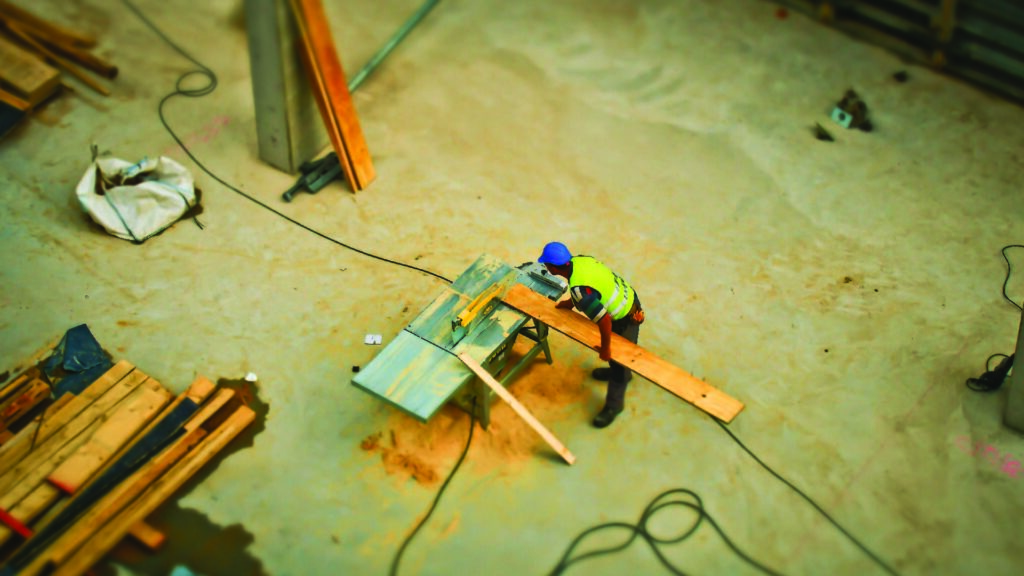After experiencing a period of significant volatility, timber imports to the United Kingdom are showing signs of stabilizing, according to trade data provided by Timber Development UK (TDUK) for the first half of 2023.
In the first half of 2023, softwood imports reached 3,217,000 cubic meters, a figure reminiscent of pre-pandemic levels observed in 2019. This indicates a return to a more stable market environment.
Softwood imports in the first half of 2023 only dipped by 5% compared to the same period in 2022, a marked improvement from the 17% decline seen in the previous year. Notably, the first half of 2021 witnessed a remarkable surge of 49% in softwood imports.
Hardwood imports, which had reached a record high in 2022, have shown relatively little fluctuation in 2023, with monthly volumes consistently falling within the range of 37,000 to 45,000 cubic meters.
This stability extends to the panel sector as well, where monthly volumes of plywood, MDF (Medium-Density Fiberboard), and OSB (Oriented Strand Board) have remained consistent.
While overall UK timber import volumes for the first half of 2023 were 7% lower than the same period in 2022, June imports bucked the trend by increasing 2% compared to the previous year.
TDUK’s head of technical and trade, Nick Boulton, commented, “The first half of 2023 closely mirrors the market patterns observed before 2020, indicating a return to stability. The confluence of Brexit, the COVID-19 pandemic, and the Russia-Ukraine conflict caused significant market upheavals in 2020, 2021, and 2022. Barring any major disruptions, it’s unlikely that we will witness such dramatic peaks and troughs in the near future.”
However, Boulton cautioned that the UK market still faces challenges, with high inflation and interest rates. He added, “The Construction Products Association has predicted a slowdown in the crucial private housing and RMI (Repair, Maintenance, and Improvement) sectors, which may impact timber imports in the third and fourth quarters. Additionally, the loss of Russian wood to the European market and the effects of climate change are expected to tighten wood supply in the coming years, making efficient and effective wood resource utilization a growing priority.”

